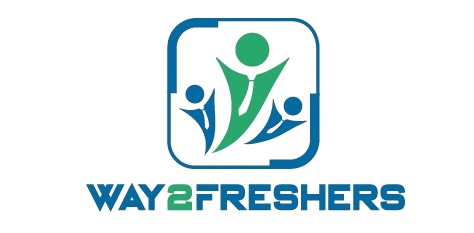Kattamahehsai 123
Education
B-Tech( Robotics)
A B-Tech in Robotics is an interdisciplinary undergraduate program combining mechanical engineering, electrical engineering, computer science, and AI. The curriculum covers robotics fundamentals, control systems, machine learning, and computer vision, with hands-on labs and projects. Students learn to design, build, and operate advanced robotic systems. Graduates are prepared for careers in industries like manufacturing, healthcare, automotive, and aerospace, working as robotics engineers, automation specialists, or AI developers. The program equips students with the skills to innovate and solve real-world challenges, ensuring a strong foundation for a dynamic career in the growing field of robotics.
Intermediate (Group : MPC)
The Intermediate MPC (Maths, Physics, Chemistry) group is a pre-university academic stream focused on building a strong foundation in science and mathematics. This two-year program, often pursued after 10th grade, prepares students for engineering, technology, and related fields. The curriculum includes advanced concepts in mathematics, fundamental principles of physics, and in-depth chemistry studies. Emphasis is placed on problem-solving, analytical thinking, and practical laboratory skills. Graduates of the MPC group are well-equipped for competitive exams like JEE and NEET, leading to higher education in engineering, medical sciences, or other technical disciplines.
SSC(Secondary School Education)
Secondary School Certificate (SSC) is a crucial stage in the Indian education system, typically completed after 10 years of schooling. It marks the end of secondary education and covers a broad curriculum including languages, mathematics, science, social studies, and physical education. The SSC exams, conducted by various state education boards, evaluate students' academic proficiency and are essential for advancing to higher secondary education. This stage focuses on developing foundational knowledge, critical thinking, and problem-solving skills. Successfully completing SSC opens pathways to diverse academic streams like science, commerce, and arts, and is pivotal for future educational and career opportunities.
Work & Experience
Project Trainee
SYNCHRONIZATION OF SWARM SPIDER ROBOT —>Implemented Synchronization Of Swarm Spider Robot —>Swarm spider robots operate under distributed control mechanisms, where each robot makes decisions based on local information and communicates with nearby robots to achieve synchronization. —>Synchronization in swarm robotics often leads to emergent behavior, where the collective actions of individual robots result in complex, coordinated patterns without centralized control. —>Movement patterns synchronizes movement to prevent collisions and optimize efficiency —>Redundancy enhances reliability; if one robot fails, others can compensate.
Project Trainee
ADVANCEMENT IN ROBOTICS —>Modern robotics has significantly advanced with the integration of artificial intelligence (AI) and machine learning (ML). —>These technologies enable robots to perform complex tasks, learn from experiences, and adapt to new situations. AI-powered robots can process vast amounts of data in real-time, making decisions and executing actions without explicit human instructions
Project Intern
Automotive Engineering Intern —>Engine: The heart of the automobile, the engine converts fuel into mechanical energy through combustion. ——->Engines can be internal combustion (gasoline, diesel) or electric. Key components include the cylinders, pistons, crankshaft, and camshaft. —>Transmission: This system transmits the engine's power to the wheels, allowing the vehicle to move. —>Transmissions can be manual, automatic, or continuously variable (CVT). They control the vehicle’s speed and torque by shifting gears. —>Brakes: Essential for safety, brakes slow down or stop the vehicle by converting kinetic energy into heat energy through friction. Common types include disc brakes and drum brakes. Modern systems often incorporate anti- lock braking systems(ABS).


